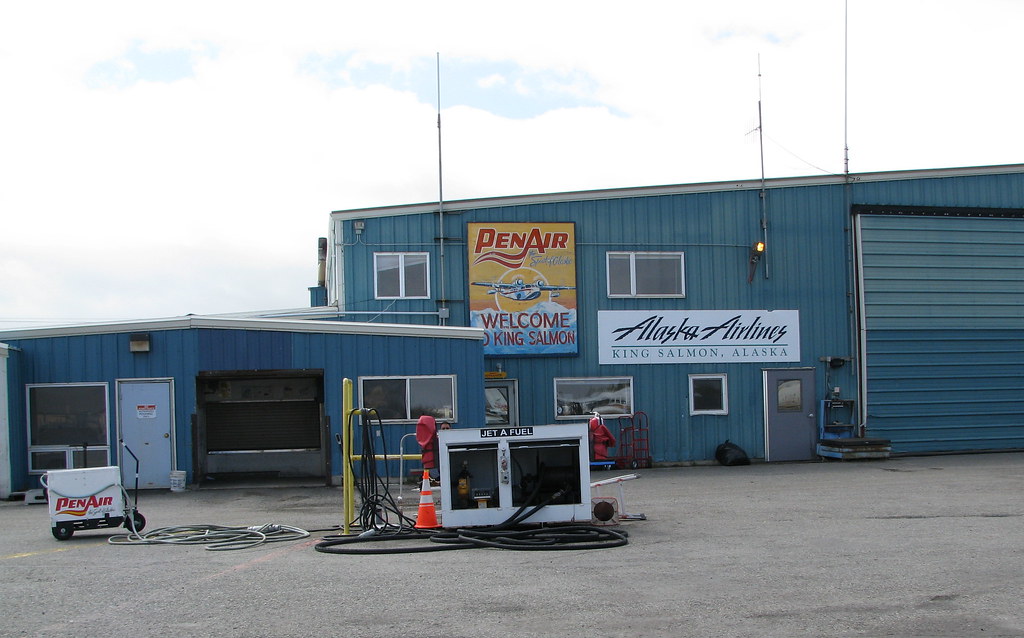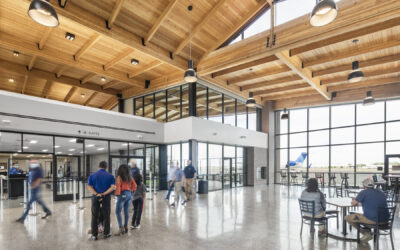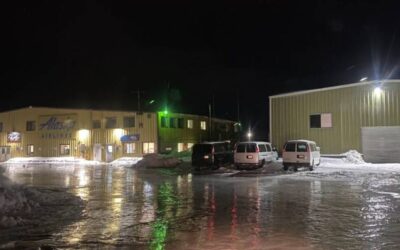King Salmon Airport, nestled in the heart of Alaska, stands as a testament to the vital role of aviation in connecting remote regions with the rest of the world. This state-owned, public-use airport serves as an economic engine for the region and gateway to the natural offerings of Alaska. King Salmon Airport’s origins trace back to the era of World War II, when the United States sought to bolster its defense infrastructure in strategic locations. Established as part of a military expansion to protect the nation’s northern borders, the airport has undergone significant transformations over the decades. From its initial role as a military facility, King Salmon has evolved into a crucial hub for civilian aviation.
Facilities and Operations
The infrastructure of King Salmon Airport is designed to accommodate a wide range of aviation needs. Its main runway is capable of handling both small general aviation aircraft and larger commercial jets, showcasing the airport’s versatility. The terminal building and associated facilities ensure that passengers and cargo are processed efficiently, with services tailored to meet the needs of travelers and businesses alike. In addition to the main airstrip, the airport houses facilities for cargo handling, maintenance, and support services, making it a comprehensive aviation center in the region.
Services and Connectivity
Located 284 miles away from Anchorage, King Salmon Airport serves as a critical node in Alaska’s transportation network, offering scheduled commercial flights, charter services, air taxi operations, and general aviation support. Airlines operating out of the airport provide connections to major cities and remote destinations, facilitating mobility and access in an area where road infrastructure is limited. The airport’s role in supporting air cargo operations is equally significant, enabling the swift transport of goods essential for local communities and industries. This blend of services underscores the airport’s multifaceted role in regional connectivity and economic development.
Economic and Social Impact
The economic implications of King Salmon Airport extend far beyond its immediate vicinity. As a hub for tourism, the airport facilitates the influx of visitors eager to explore nearby natural attractions such as Katmai National Park and Preserve, renowned for its volcanic landscape and brown bear population. The tourism dollars spent on lodging, guided tours, and local services contribute significantly to the regional economy, supporting jobs and businesses. Moreover, the airport’s capacity to handle cargo flights is critical for the supply chain, ensuring that essential goods reach remote communities throughout the year.
Gateway to Natural Wonders and Cultural Riches
One of the most compelling aspects of King Salmon Airport is its role as a gateway to adventure. The surrounding wilderness, with its untouched landscapes and rich biodiversity, attracts adventurers, nature enthusiasts, and researchers from around the globe. The airport’s proximity to natural wonders, including the iconic Brooks Falls, offers unique opportunities for wildlife observation and outdoor activities. This connection to nature is practical for both visitors and conservation efforts.
Environmental Stewardship and Sustainability
As King Salmon Airport looks to the future, the focus is on sustainable growth, enhancing service quality, and strengthening its role as a community asset. Ongoing investments in infrastructure, technology, and service offerings are essential for meeting the evolving demands of passengers, businesses, and the aviation industry. Moreover, the airport’s strategic importance as a gateway to Alaska’s natural treasures necessitates a continued commitment to environmental conservation and responsible tourism practices.
Conclusion
King Salmon Airport embodies the spirit of Alaska—rugged, remote, and resplendent with natural beauty. Its significance extends beyond the asphalt of its runway, touching the lives of those who live, work, and find adventure in the region. As a hub of transportation, commerce, and exploration, the airport plays a pivotal role in knitting together the vast expanses of Alaska, serving as a testament to human ingenuity and the enduring appeal of the wilderness.







0 Comments